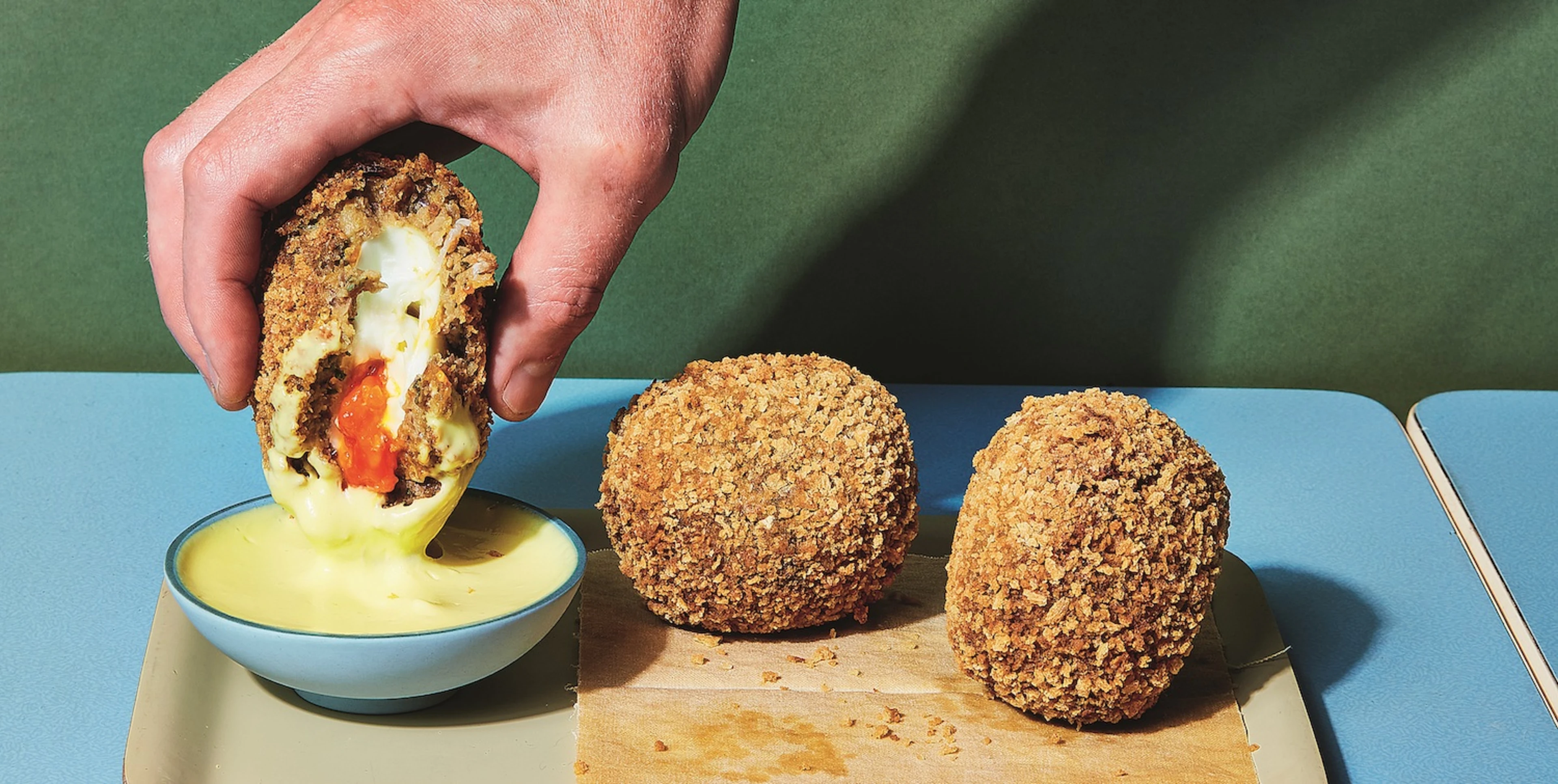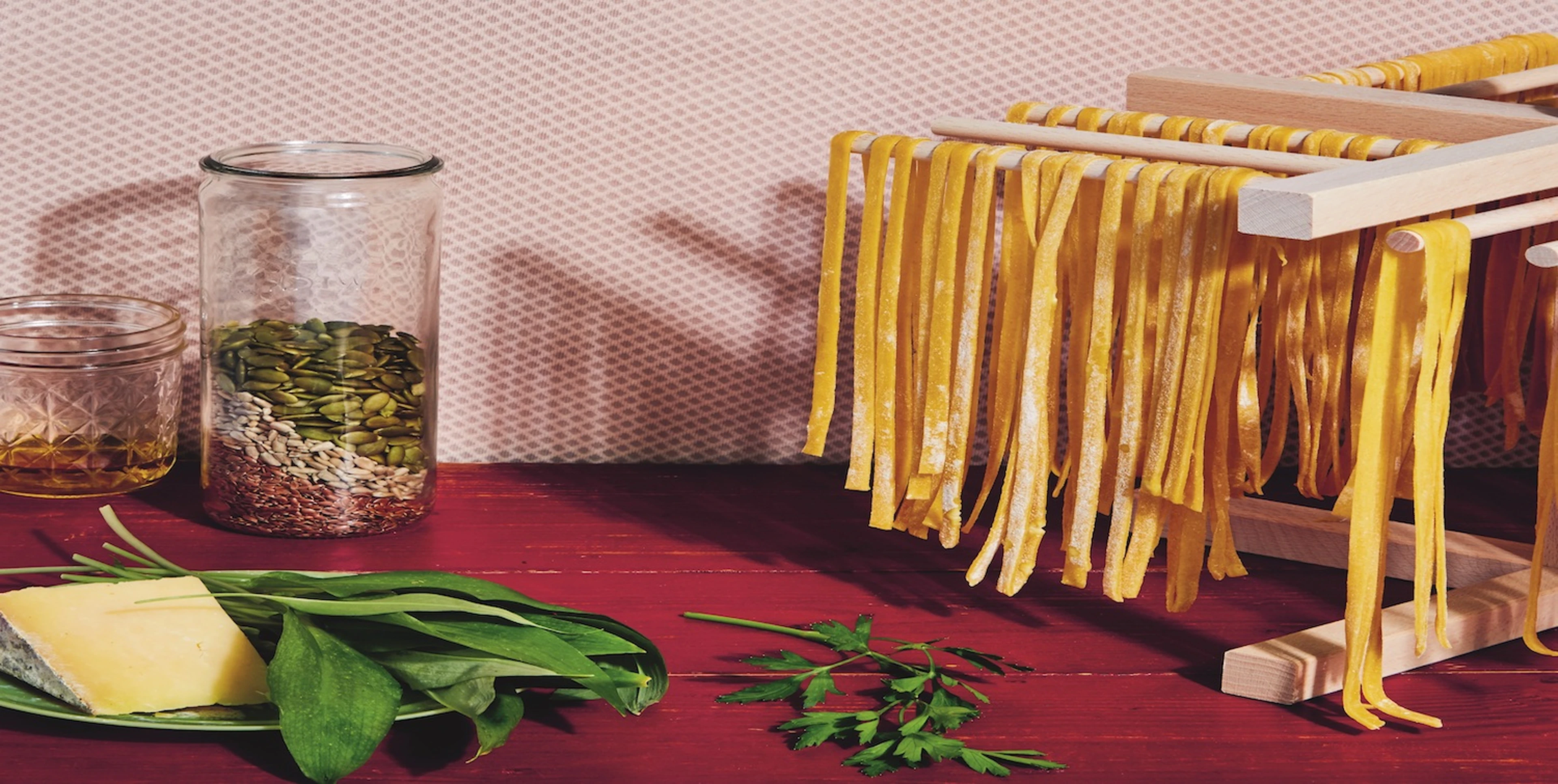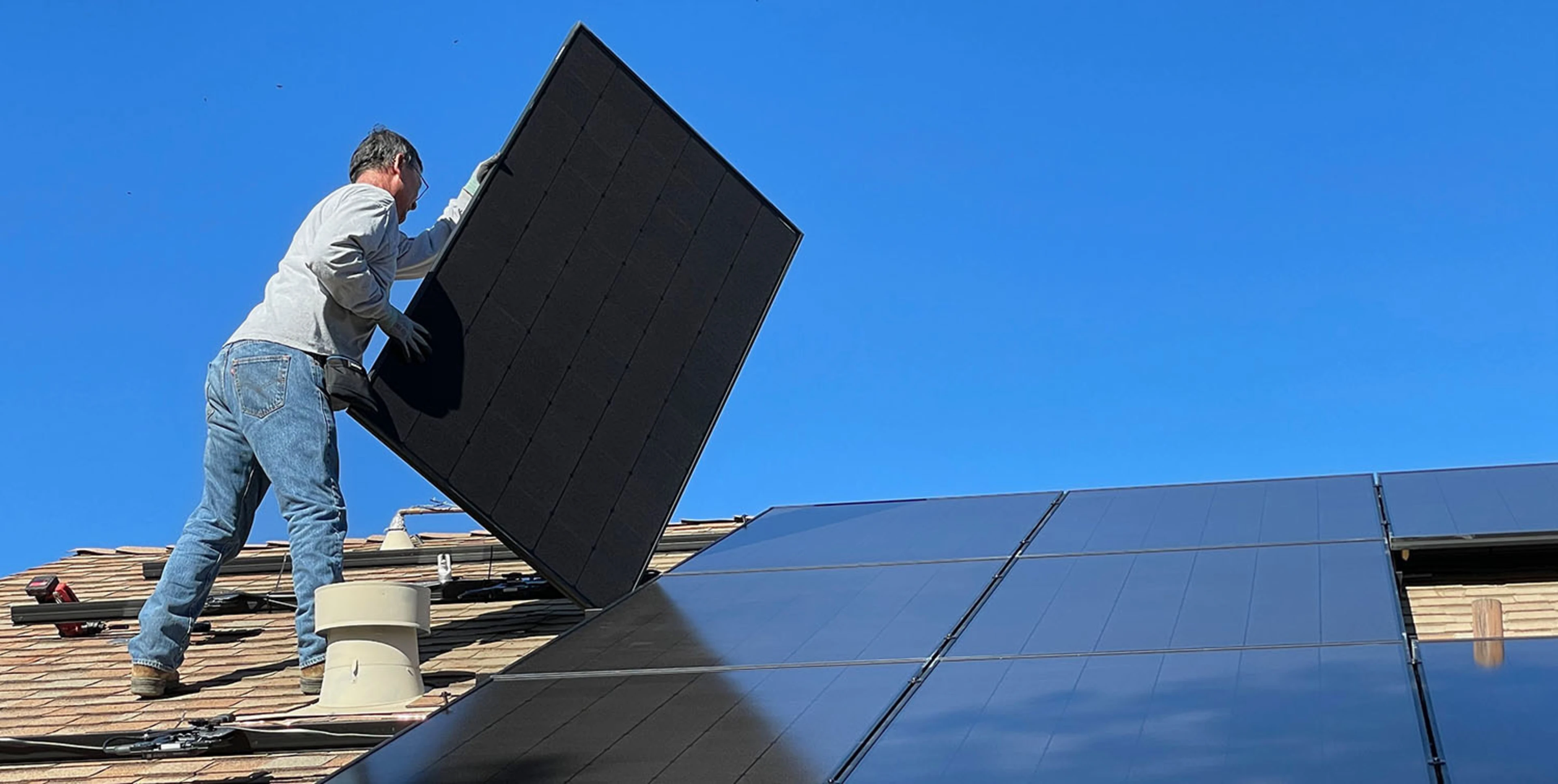Something that has changed for the better since I wrote my first book is that chickpeas are now commercially grown in England. This recipe is a delicious way to use them, along with their aquafaba (chickpea water) by-product. You can try other pulses like broad beans in scotch egg form too, or whatever is grown locally to you.
Makes 4 scotch eggs and about 500 ml/17 fl oz aioli
INGREDIENTS
For the Scotch egg filling:
4 eggs
1 x 400-g/14-oz can cooked chickpeas
3 tbsp sunflower seeds
1 small red onion, finely chopped
3 tbsp chopped fresh sage
1 tbsp chopped fresh thyme
a little freshly grated nutmeg
1 tbsp any type of flour
Sea salt
To finish the Scotch eggs:
60 g/2 oz any type of flour
100 g / 3½ oz / 11/4 cups homemade dried breadcrumbs or polenta (cornmeal)
Oil of your choice with a high smoking point, for deep-frying (optional)
For the aquafaba aioli:
120 ml / 4 fl oz / ½ cup aquafaba from the chickpea can
2–3 garlic cloves to taste, grated
1 tsp mustard (local, your choice)
2 tbsp locally-produced vinegar
450 ml / 15 fl oz / 2 cups cold-pressed oil
Freshly squeezed juice of ½ lemon
METHOD
Cook the eggs in a saucepan of simmering water for eight minutes until hard-boiled, then drain and immediately dunk them into ice-cold water. Leave for five minutes, then peel and set aside.
To make the scotch egg filling, drain the aquafaba from the can of chickpeas into a bowl and set aside. Place the chickpeas in a food processor. Toast the sunflower seeds for a few minutes in a dry frying pan (skillet), then tip into the food processor. Add the red onion, sage, thyme, nutmeg, flour and a good pinch of salt to the food processor. Blend together to make a smooth paste. Set aside for a moment.
To make the aioli, add 120 ml / 4 fl oz / ½ cup of the aquafaba, the grated garlic, mustard and vinegar to a bowl or container with high sides and blitz to combine with a hand-held stick blender. You can do this in a food processor if you prefer. Then, as with regular mayo, slowly pour in the oil while blending. It should emulsify nicely. Mix in the lemon juice and some salt to finish.
To assemble the Scotch eggs, mix the remaining aquafaba with two tablespoons of cold water in a shallow dish and set aside. Place the flour and breadcrumbs on separate plates. Roll each cooked egg in flour to coat all over, then wrap a quarter of the chickpea mixture around each egg. Roll each egg in the flour again, then coat in the aquafaba mixture, then finally roll in the plate of breadcrumbs to evenly coat all over.
Preheat a deep fat fryer to 170°C (340°F) or half-fill a deep, heavy-based pan with oil, place over a high heat and bring the temperature to 170°C (340°F). Deep-fry the Scotch eggs in two batches for about five minutes until golden and crispy. Remove with a slotted spoon and briefly drain the excess oil.
Alternatively, you could roast the Scotch eggs at 180°C fan/200°C/400°F/gas mark 6 for eight minutes. Serve with plenty of your homemade aioli for dipping.
Tip: For a lighter, plant-based replacement for beurre blanc or hollandaise, mix two-thirds of the mayo recipe (minus the garlic) with one-third water and heat through very gently.
Recipe taken from "Join the Greener Revolution: 30 Easy Ways to Live and Eat Sustainably" by Ollie Hunter (Pavilion Books). Image: Louise Hagger.
Find out more at https://www.30food.co.uk/











